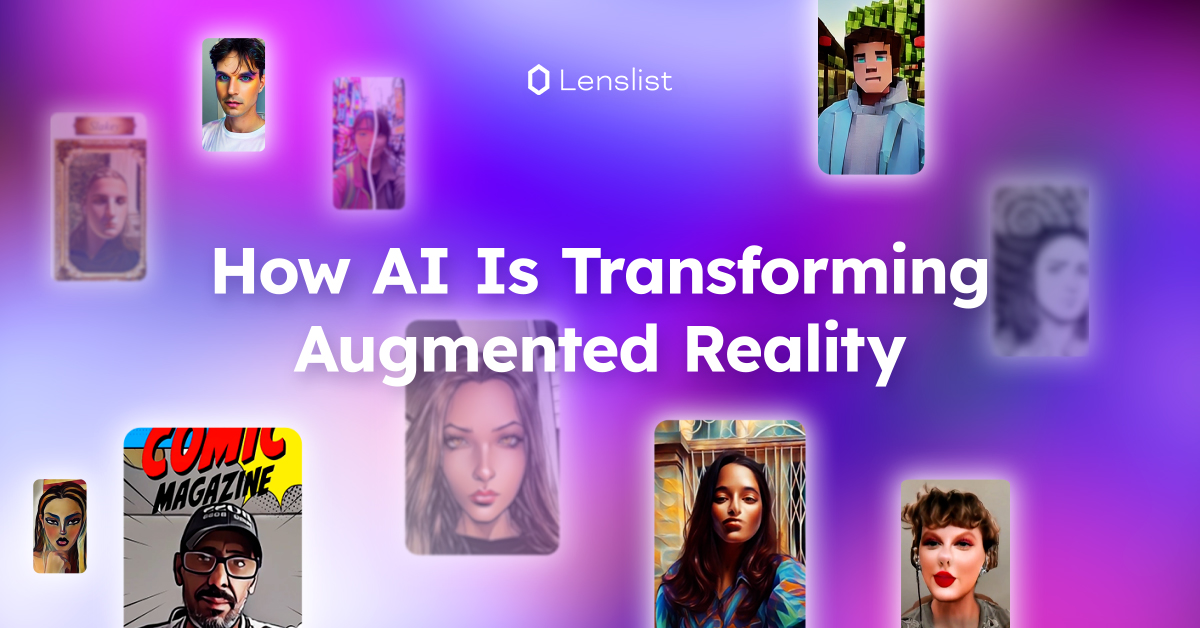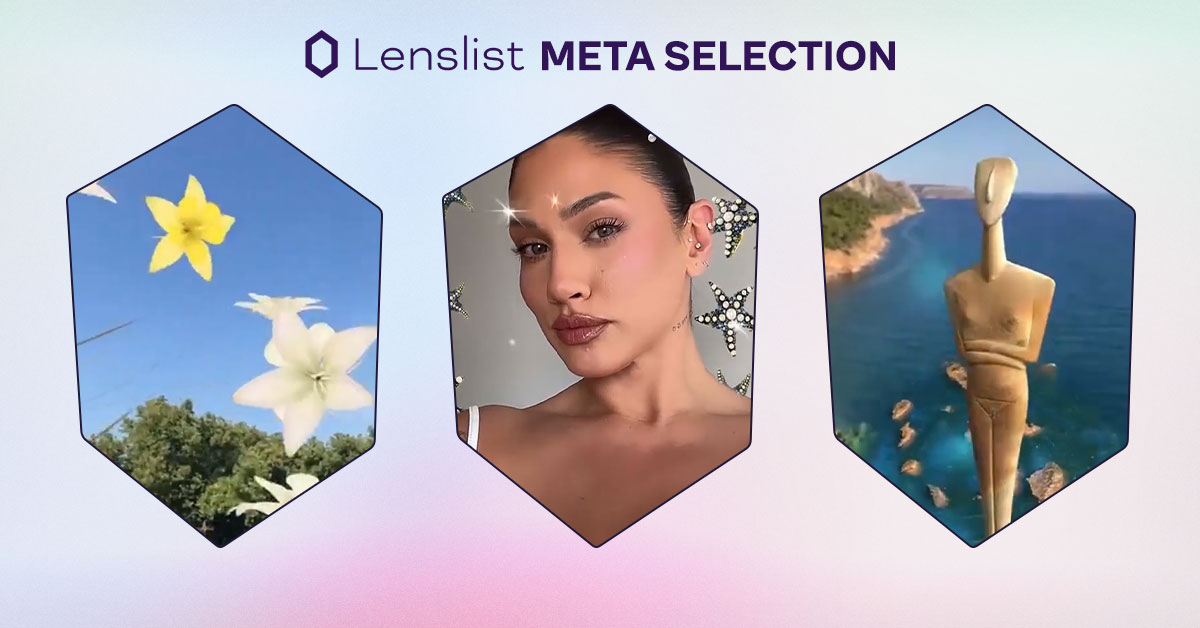How AI Is Transforming Augmented Reality

AI-enhanced AR filters have captivated users’ attention from the moment they first appeared on social media. Platforms like TikTok and Snapchat have leveraged the hype surrounding artificial intelligence to create even more personalized experiences. Users can now transform themselves into their favorite characters from movies, TV shows, and comic books, joining pop-culture trends and significantly improving the creation process itself.
What is Machine Learning, and How Can It Be Used with Augmented Reality?
Machine Learning (ML) is a branch of artificial intelligence that enables systems to learn from data and recognise user behavior, improving their performance over time without explicit programming.
In Augmented Reality, ML enhances functionality by providing accurate object and facial recognition, real-time tracking, and adaptive content generation. This integration makes AR experiences more interactive, personalized, and responsive. For example, AR Filters that adapt to facial expressions and e-commerce apps offering virtual try-ons use ML to create seamless and immersive user experiences.
What’s There to Gain?
Enhanced Accuracy and Realism: ML algorithms improve the precision of object detection, leading to more accurate and realistic AR overlays.
➡️ Real-Time Processing: Machine learning enables fast and efficient real-time tracking and processing, ensuring that AR elements move smoothly and interact naturally with the physical environment.
➡️ Personalization: The technology allows AR to adapt to individual user preferences and behaviors, creating personalized and engaging experiences.
➡️ Dynamic Content Generation: With ML, AR systems can generate and modify content dynamically based on context and user interactions, enhancing the interactivity and relevance of the experience.
➡️ Improved User Interaction: ML-driven AR can understand and respond to complex gestures and expressions, providing a more intuitive and immersive user interface.
➡️ Scalability: ML models can handle large amounts of data and scale effectively, making it possible to deploy AR applications across various devices and platforms without compromising performance.
Lens Studio’s ML Tools
While AI-powered AR filters have been accessible for some time, Snapchat’s recent update has made a significant difference. Since Lens Studio 5.0 left its Beta state and became the go-to platform for producing Lenses, creators have embraced the new machine learning-powered feature (SnapML technology) known as the new GenAI Suite.
With Machine Learning features, AR creators can design more Lenses in less time by generating ready-to-use assets or using AI-powered virtual assistants to help in the development process. This update has not only made the creation process faster but also more accessible for those without advanced programming experience, leading to dozens of ML Lenses appearing on the platform each day.
Why Have We Fallen in Love with Machine Learning AR Experiences?
AI systems like the GenAI Suite enhance AR experiences, bringing various advantages to everyone involved: brands, AR Creators and social media users. These advantages range from simplifying the creation process to engaging potential customers with personalized features. Most importantly, the new ML-enhanced AR lenses are visually stunning.
With social media focusing on aesthetics, it’s no wonder that these complete transformations capture our attention and encourage interaction. Based on well-known references, such as Picasso’s art or Disney Pixar characters, regular social media users want to participate in the experience and see themselves and their surroundings altered with the most creative features, leading to billions of impressions and people sharing the AR experience.
Learn more about using AI in social media here.


